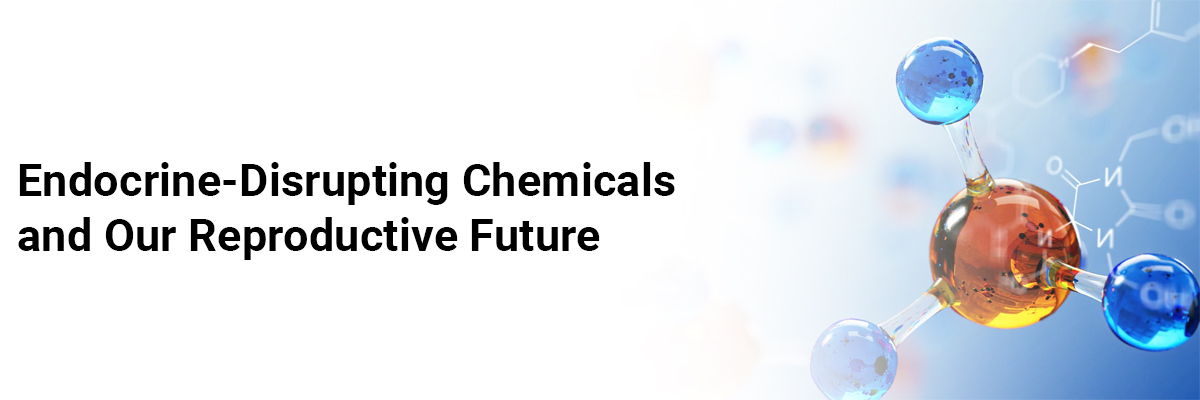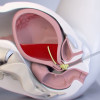
 IJCP Editorial Team
IJCP Editorial Team
Endocrine-Disrupting Chemicals and Our Reproductive Future
Endocrine-disrupting chemicals (EDCs) are the hidden offenders that have entered our daily lives, silently altering our endocrine system and causing numerous adverse effects on our health. Defined as "exogenous compounds or mixtures that alter function(s) of the endocrine system and consequently cause adverse effects in an intact organism, or its progeny, or (sub)populations," EDCs are a concerning modern-day challenge.
The US Environmental Protection Agency initially identified 1,482 man-made chemicals that fall into the "endocrine disruptor" category and were present in everyday products. They affected the steroid-sensitive tissues, giving rise to diseases such as obesity, diabetes mellitus, cardiovascular disorders, reproductive anomalies, and cancers. Their impact on the male and female reproductive systems has been particularly concerning in recent years, leading to infertility.
Bisphenol A, steroid sex hormones, metal complexes, personal care products, pharmaceutical residues, flame retardants, and pesticides are a few examples of EDCs that have become an integral part of our daily existence. These chemicals disrupt hormonal pathways, including estrogenic, antiandrogenic, thyroid, peroxisome proliferator-activated receptor gamma, retinoid, and others. Furthermore, they cause epigenetic modifications that pass down through generations.
The male reproductive system suffers testicular damage, reduced testosterone levels, prostatic hyperplasia, inflammation, and a decrease in sperm quantity; similarly, the female reproductive system faces elevated estrogen levels, irregular menstrual cycles, premature menopause, ovarian damage, and reduced fertility due to the effects of these chemicals.
EDCs have also been linked to early puberty among girls, adding to the myriad factors influencing this alarming trend. Furthermore, these estrogenic compounds are associated with uterine fibroids, adenomyosis, endometriosis, endometrial cancers, and sub-fertility in humans.
The most unsettling aspect of the EDC issue is that every pregnant woman on the planet is unwittingly carrying a mixture of chemicals during her pregnancy, which affects not only her daughter's reproductive health and fertility but also her granddaughter's fertility. This intergenerational threat underscores the critical need for sustained global attention from scientists, governments, and the general public to safeguard our reproductive health and the well-being of future generations.
Balsarkar G. Enzyme-Disrupting Chemicals as the Elephant in the Room for Infertility. J ObstetGynecol India. 2023; 73:293–294. https://doi.org/10.1007/s13224-023-01819-y

IJCP Editorial Team
Comprising seasoned professionals and experts from the medical field, the IJCP editorial team is dedicated to delivering timely and accurate content and thriving to provide attention-grabbing information for the readers. What sets them apart are their diverse expertise, spanning academia, research, and clinical practice, and their dedication to upholding the highest standards of quality and integrity. With a wealth of experience and a commitment to excellence, the IJCP editorial team strives to provide valuable perspectives, the latest trends, and in-depth analyses across various medical domains, all in a way that keeps you interested and engaged.




















Please login to comment on this article